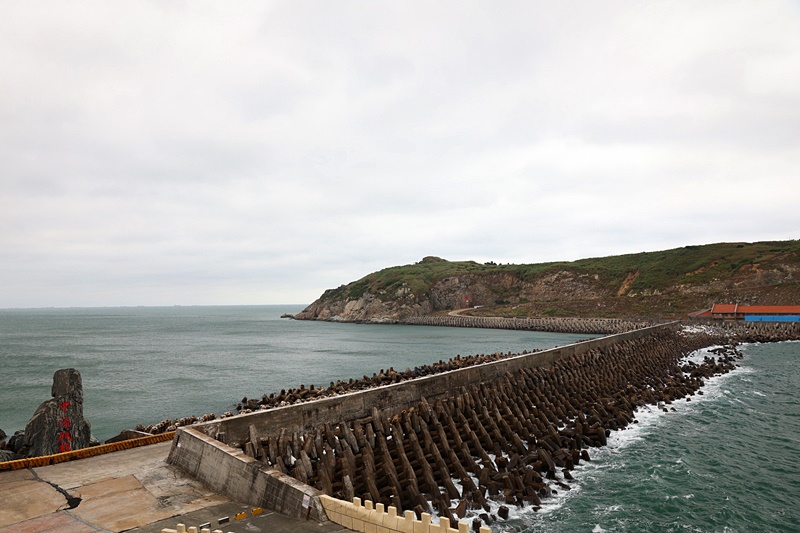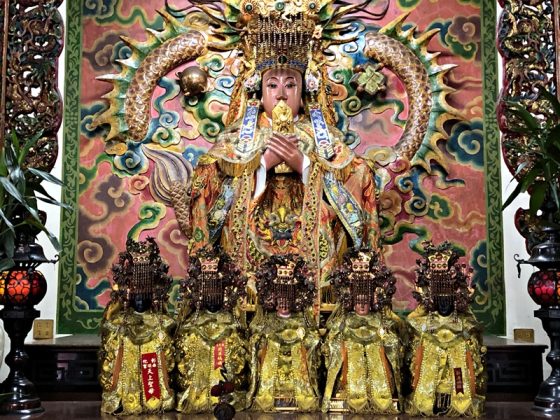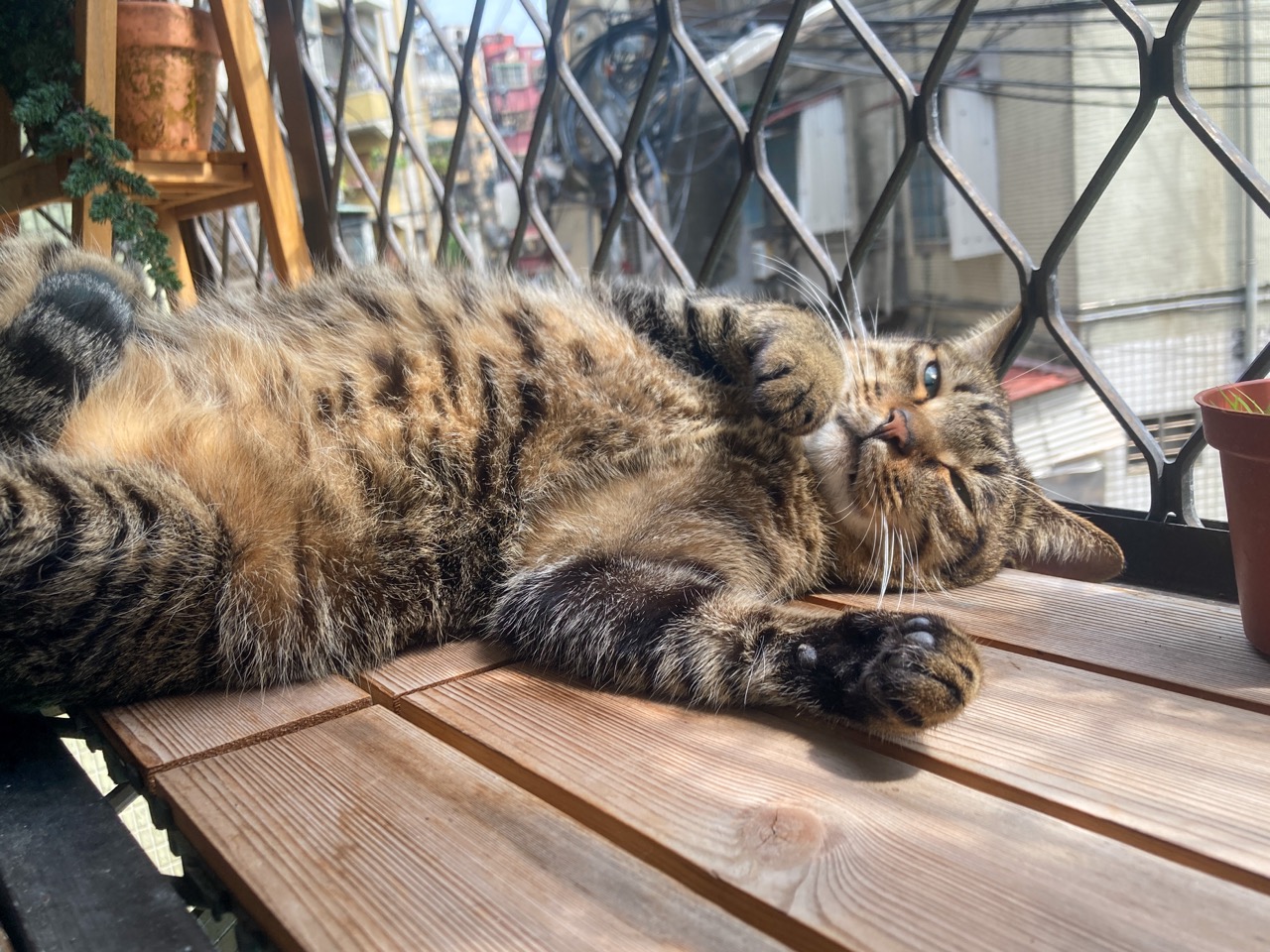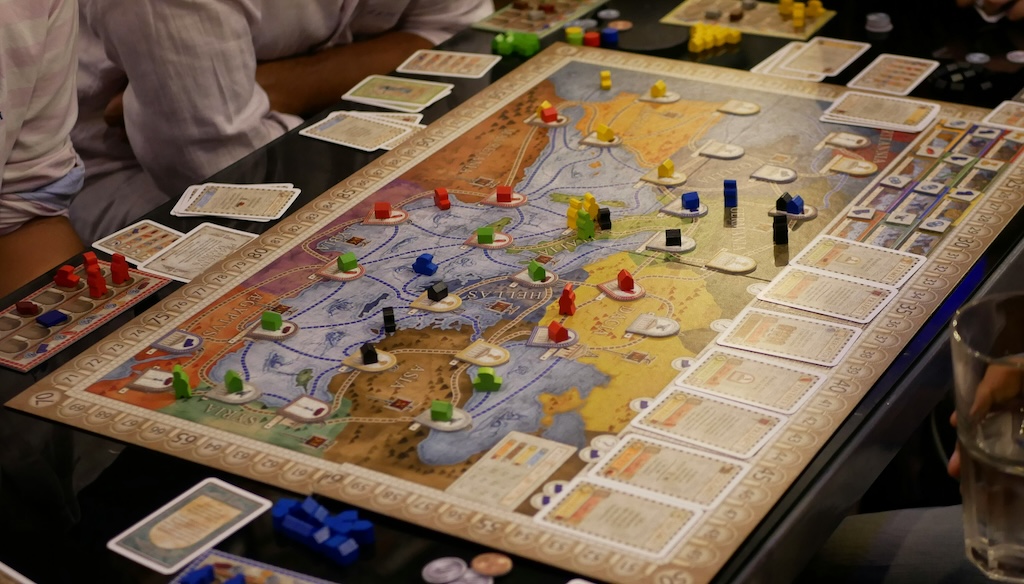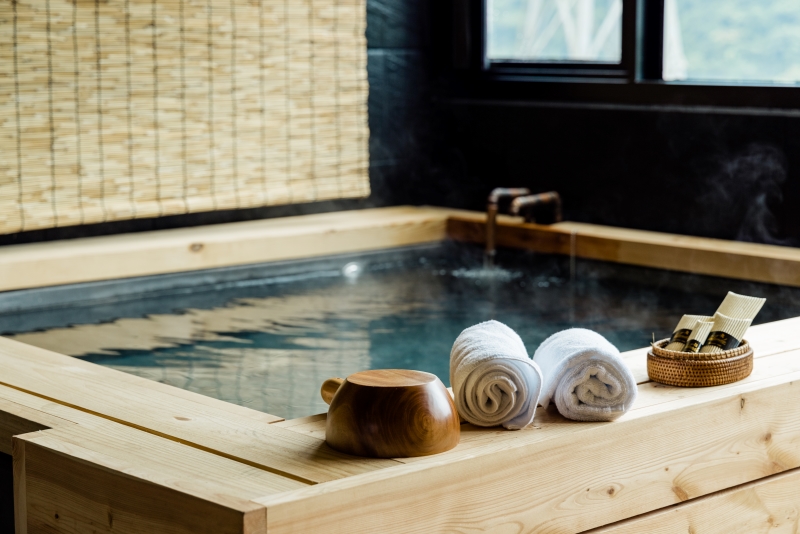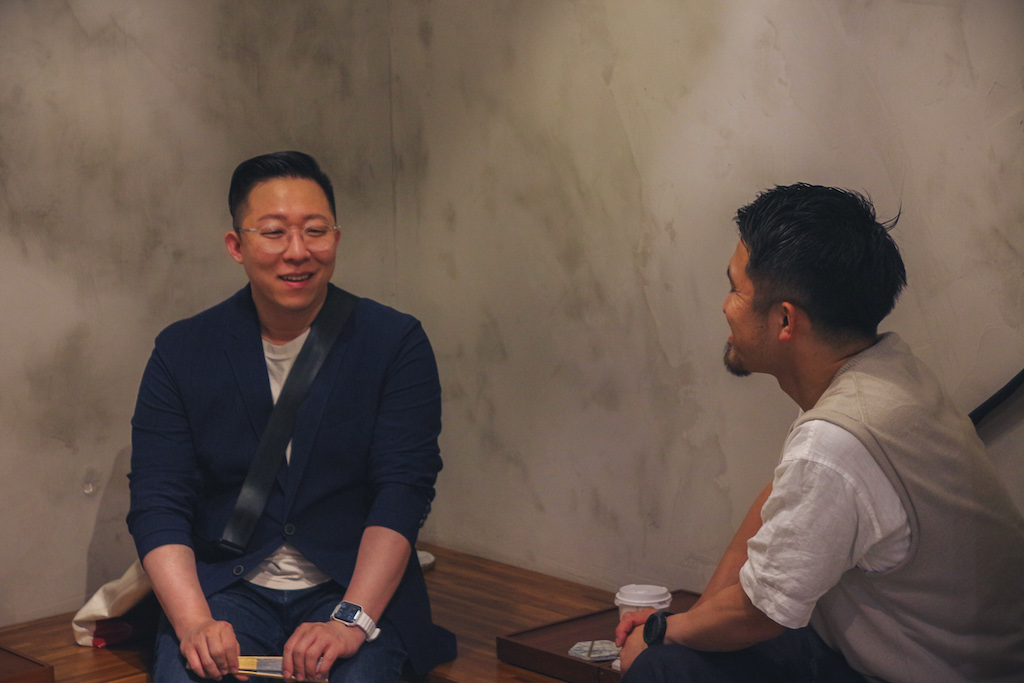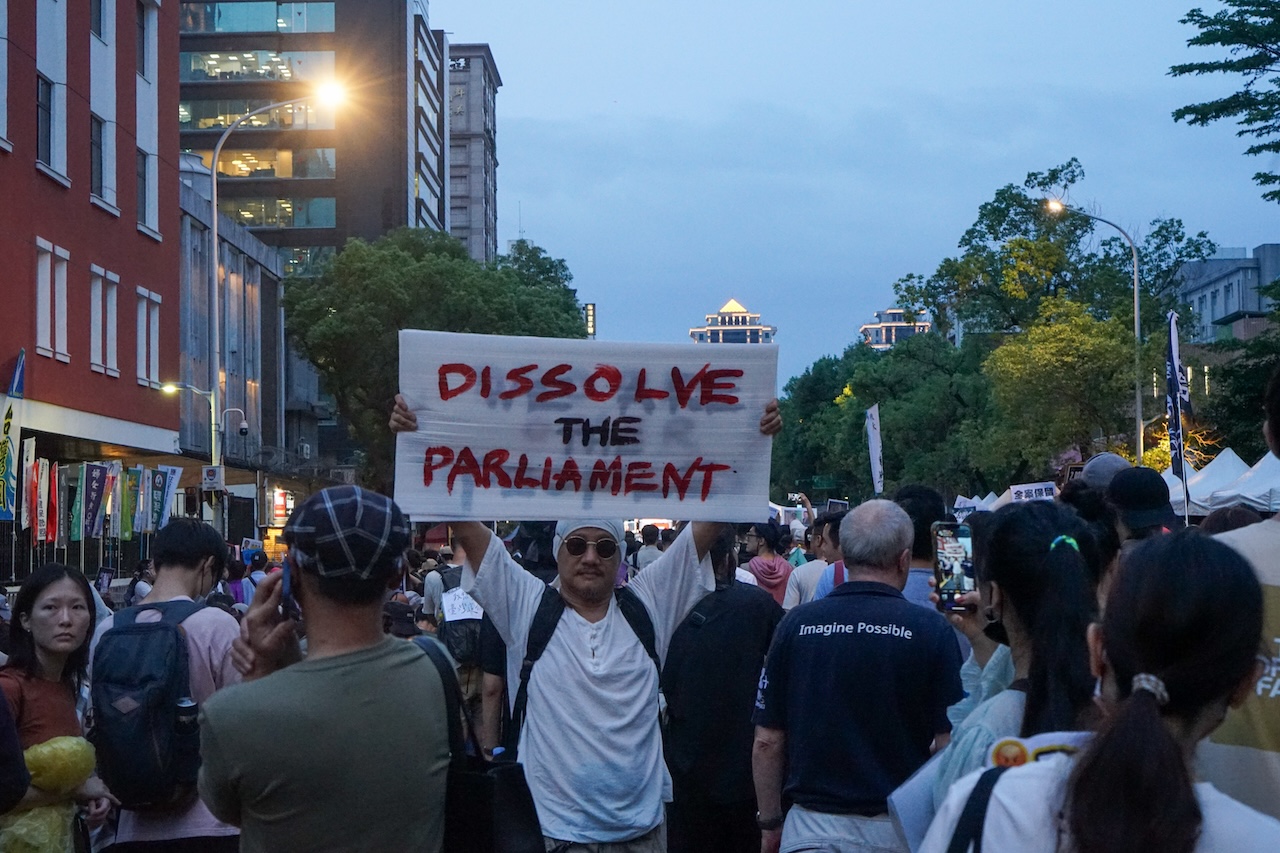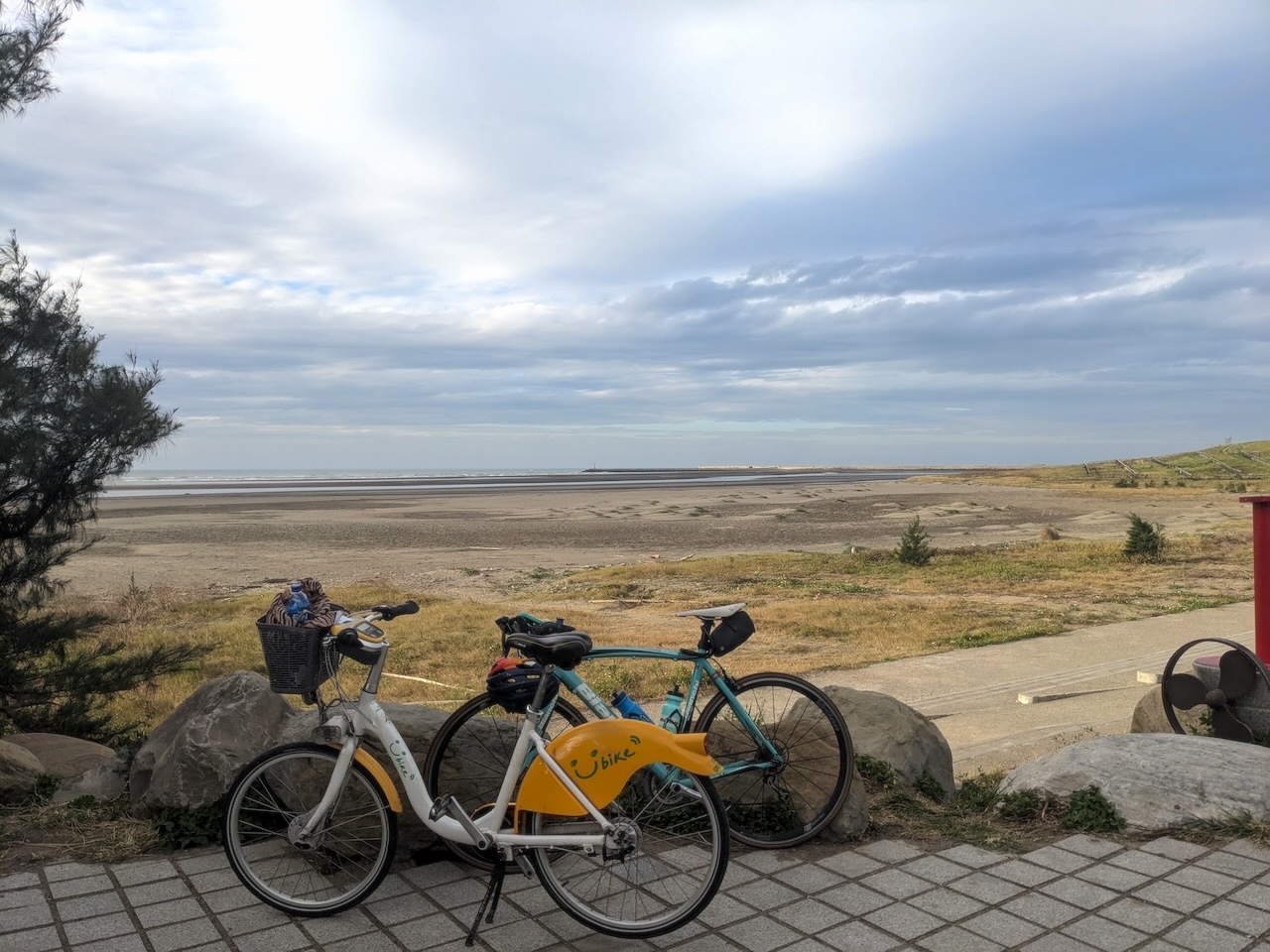The Matsu Islands
Romantic Getaway Idyll – Faraway Yet Oh So Close
Author / Rick Charette
Photo / Taiwan Scene
The remote Matsu Islands (馬祖列島), an intensely quiet archipelago just off the China coast, is amongst my favorite Taiwan getaway destinations, along with the Alishan National Scenic Area, East Rift Valley, and Taroko Gorge.
Visitors spend most of their time on the two main islands, Beigan and Nangan (北竿/南竿 ). They’re the two largest islands, home to most of Matsu’s population, and very close together, with constant in-between ferry service.
In a 2020 article I concentrated on Beigan/Nangan (visit article here), and in this file I want to bring you all-new experiences. We’re spending time in the two smaller most-visited islands, Dongyin (東引) and Dongju (東莒), and also heading to a number of new main-islands spots. Use my two articles as a complementary set to plan your own island-hopping trip. A quick Beigan/Nangan tour-bus tour is not “representative,” though I am well aware that most people visit on such tours. I love DIY walking all the many trails, completely alone, so many birds, so tranquil, so ruggedly beautiful.
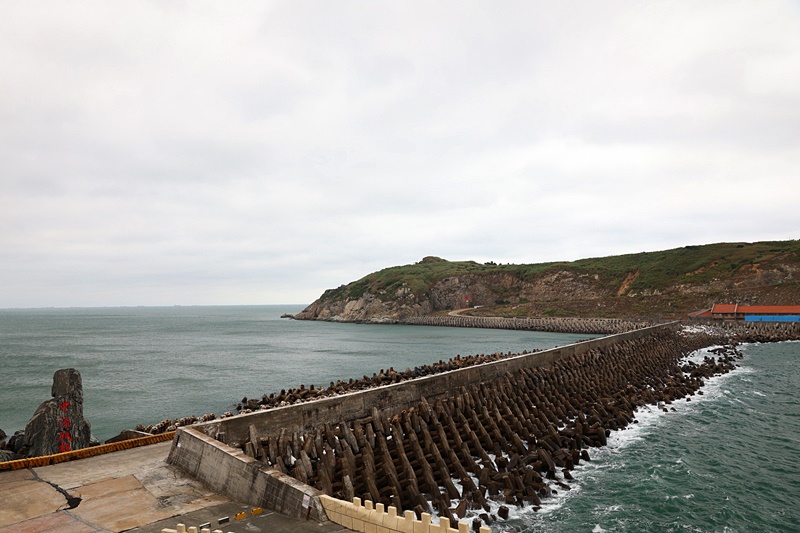
A quick reminder – Matsu is “remote,” but not remote at all. The regular flights from Taipei Songshan Airport get you there in about an hour. Many travelers with more time like to add to the sense of romantic adventure by taking an overnight big-ferry ride from Keelung Port.
I first took Taiwan Scene readers to the remote Matsu Islands (馬祖列島), “Taiwan’s Northernmost Frontier,” in late 2020. This intensely quiet archipelago just off the China coast is amongst my favorite Taiwan getaway destinations, along with the Alishan National Scenic Area, East Rift Valley, and Taroko Gorge.
On that occasion I concentrated on the two main islands, Beigan and Nangan (北竿/南竿 ; “North Gan” and “South Gan”), where visitors spend most of their time (revisit the article here). They’re the two largest islands, home to most of Matsu’s population, and very close together, with constant in-between ferry service.
Recently I visited Matsu again, needing a respite from the Taipei megalopolis hubbub. Naturally I revisited all the Beigan/Nangan “biggest hits” introduced in 2020, but in this file I want to bring you all-new experiences. We’re spending time in the two smaller most-visited islands, Dongyin (東引) and Dongju (東莒), and also heading to a number of new main-islands spots. Use my two articles as a complementary set to plan your own island-hopping trip.
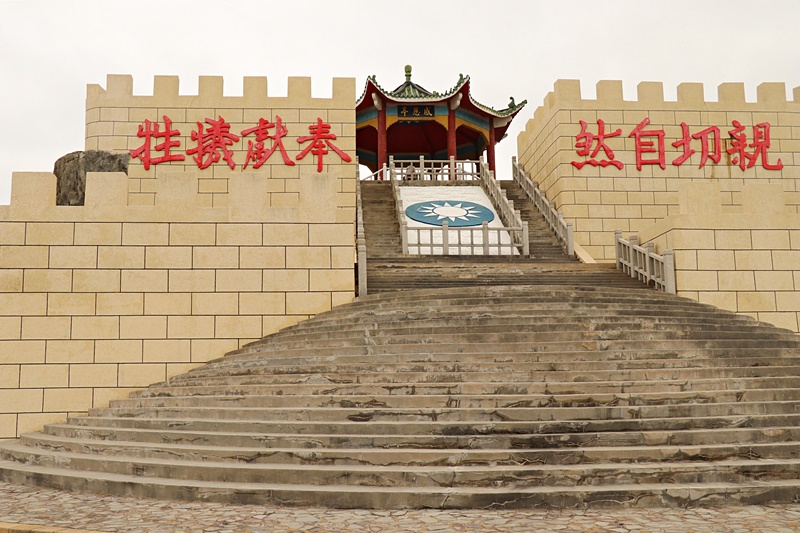
A quick reminder – Matsu is “remote,” but not remote at all. The regular flights from Taipei Songshan Airport get you there in about an hour. Many travelers with more time like to add to the sense of romantic adventure by taking an overnight big-ferry ride from Keelung Port.
Dongyin
The Matsu Islands are great chunks of granite sticking out of the sea. Save for somewhat flatter Nangan, they’re characterized by high sea cliffs interspersed with tight inlets and tiny sandy-beach bays, many of the latter with many-centuries-old fishing villages of two-storey homes built of granite blocks. Dongyin, 90 minutes northwest of Nangan by ferry, is the most rugged.
At its northernmost tip is Taiwan’s Northernmost Frontier (國之北疆), accessed via a windy promontory-top trail leading past sentries at a lonely military command post and past bunkers and other abandoned facilities. Below the cape’s tip is the Luohan (“Arhats”) Flats (羅漢坪岬角), sea-eroded pillars and platforms said to resemble Chinese Buddhism’s 18 arhats.
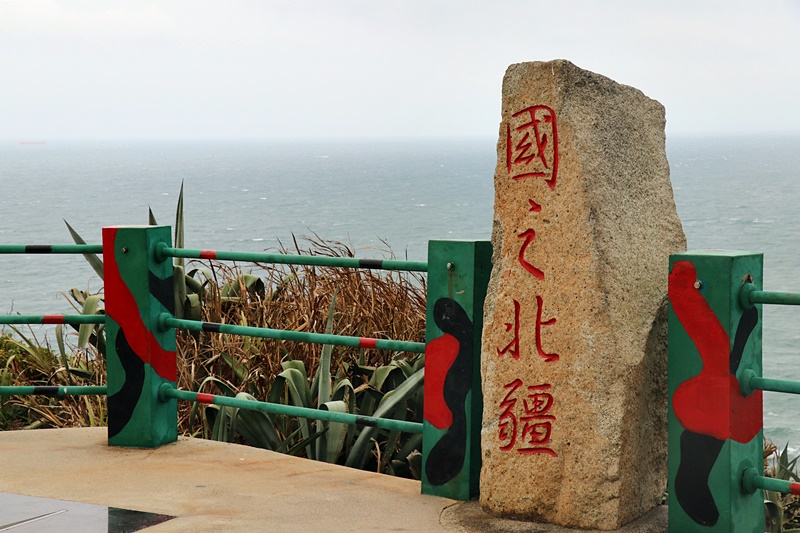
On its east tip is the impossibly cliffside-hugging Dongyong Lighthouse (東湧燈塔) complex, accessed via an easy kilometer-long coast-viewing trail. It was constructed by British engineers in the early 1900s to facilitate access to China’s Fuzhou city, after numerous Western vessels had been wrecked. Imperial China had no lighthouses. Fuzhou was one of the China treaty ports forced open during the 19th century’s Opium Wars period.
Matsu bristles with military facilities, many now abandoned and open to tourists, the vestiges of Taiwan’s last-century cold war tensions with China. The long, massive Andong Tunnel (安東坑道) shoots right through a small mountain, exiting at various cliff openings above the crashing sea originally used for gun emplacements. There are extensive facilities inside: barracks, bathrooms, a kitchen, a meeting hall … even a pigsty.
A Thread of Sky (一線天) is a deep and exceedingly narrow sea-erosion trench with towering granite walls facing each other just meters apart. A steep pathway, formerly used by soldiers, leads down to a viewing platform from which only “a thread of sky” can be seen high above. Narrow military tunnels inside the walls lead to cliff-opening shooting apertures and a short protective covered concrete bridge, hanging mid-air, connecting the two walls.
Dongju
This island is about 25 minutes by ferry south of Nangan.
Dongquan Lighthouse (東犬燈塔), which stands high atop its northeast-corner cape, is nicknamed the “Red-Hair Lighthouse.” In imperial times, after the Dutch appeared in China’s waters, “red-hair” was a term universally applied to all Westerners. This facility was also built by the British, in 1872.
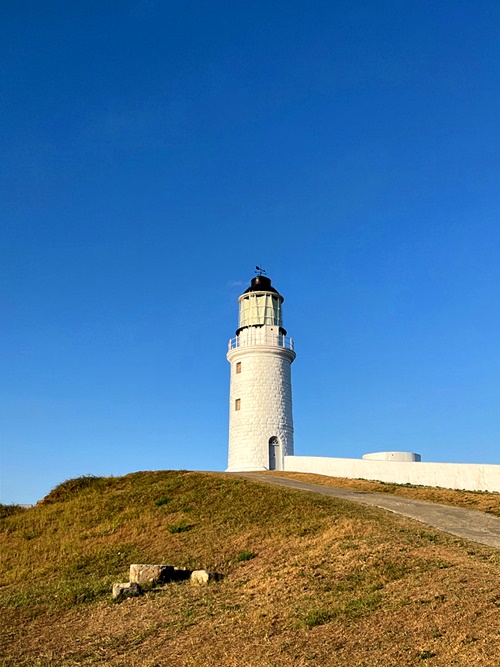
Over the past decade Matsu authorities have developed a network of inviting walking trails, most following old inter-village routes over mountains or high up on coast-side slopes. The flagstoned, windswept Mt. Dongyang Trail (東洋山步道) is one of the most thrilling. Stretching along clifftop about a kilometer south from Dongquang Lighthouse, it serves up spectacular coastal-cliff vistas.
Most of Matsu’s ancient granite-residence fishing villages were abandoned late last century as younger folk left for better economic opportunity on mainland Taiwan. Many of these villages are today tourist draws, Matsu-born folk returning to open B&Bs, eateries, boutique/gift shops, artist studios, etc. Dongju’s Dapu (大埔) and Fuzheng (福正) are two of the most photogenic; Beigan’s famed Qinbi (芹壁) is the largest and most thoroughly renovated.
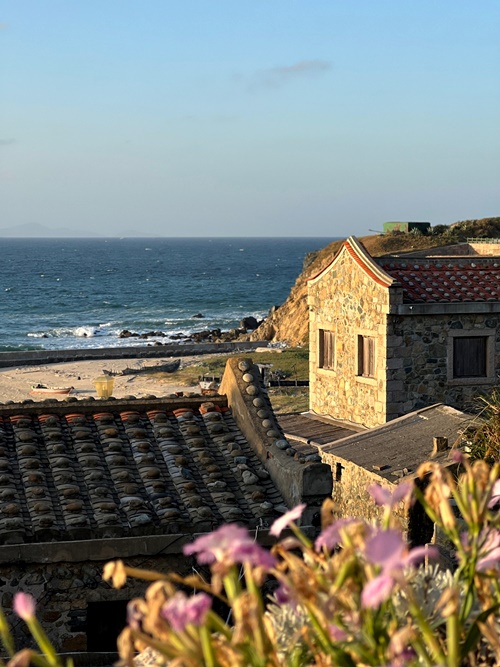
Nangan/Beigan
Nangan’s Matsu Distillery (馬祖酒廠) was built in 1956 to satisfy the large military contingent newly barracked on the islands. Among its unique offerings is a beloved old-time east Fujian spirit called laojiu (老酒; lit. “old/aged wine”). Tour the distillery and nearby Tunnel 88 (八八坑道), once used for tank storage, now for wine aging in antique-style ceramic jars.
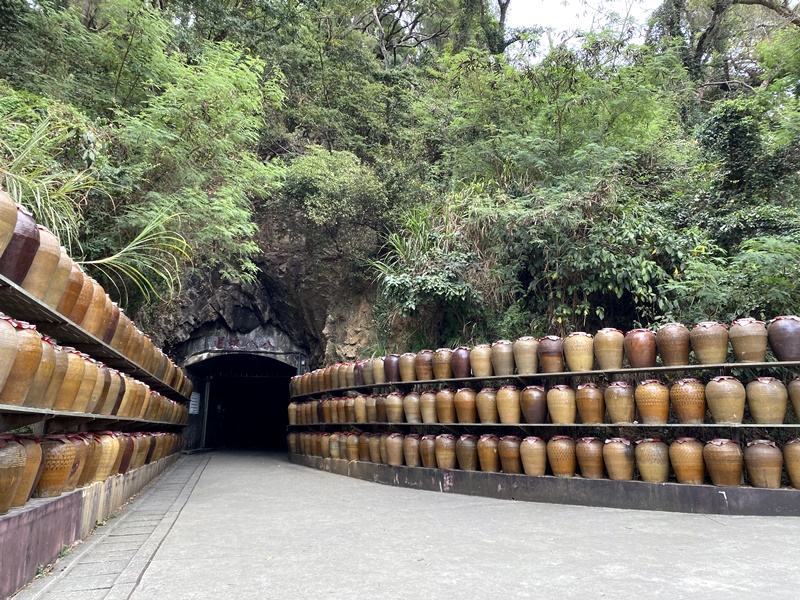
Nangan’s singular Iron Fort (鐵堡), built both atop and inside a low rocky outcrop jutting into a small bay, once housed frogmen units. Shoulder-width tunnels within lead to sniper slots, gun emplacements, quarters, and a kitchen. Outside, note the dog kennel. During the cold war period, dogs and men lost their lives on multiple occasions in Communist frogmen attacks.
Beigan’s most thrilling trail is the Luoshan Nature Trail (螺山步道), which starts atop a cape immediately east of Beigan’s tiny airport and steeply heads down to and out across a rocky wave-pounded promontory jutting far out into the sea, on the way passing a first-rate military museum and abandoned stronghold. Matsu is a premier Taiwan birding destination, its trails, cliffs, and small rocky islands teeming with feathered friends endemic and migratory. Popular boat tours from Nangan also bring you to bird-only protected islets.
For more information, visit the Matsu National Scenic Area website: www.matsu-nsa.gov.tw

